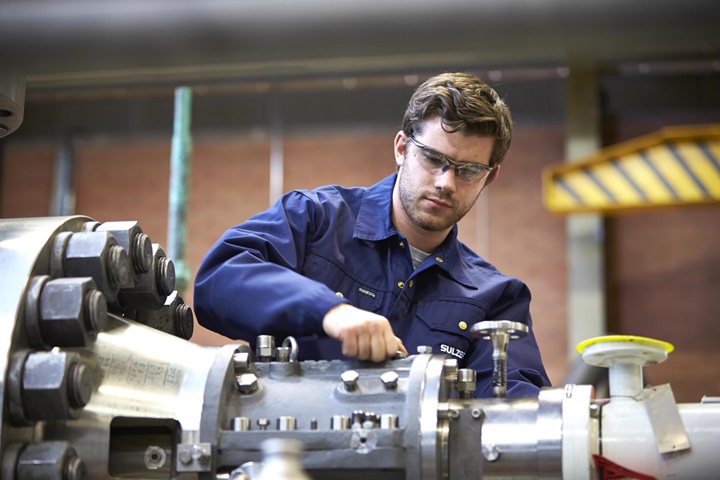Explore our solutions
-
OEM-X LineOutages and downtime are costly. Even worse, rotating machinery and pumps face numerous specific challenges, many of which are hard to isolate. Choosing the right supplier is vital when you factor in high maintenance levels and running costs of critical equipment.
-
RetrofitRetrofitting your critical assets with the latest technology will maximize performance, minimize costs, and improve reliability.










